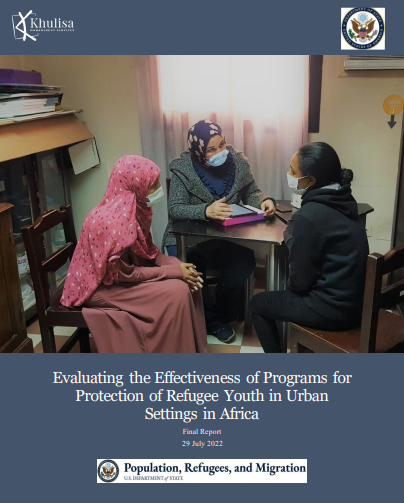When should an evaluator choose the feminist approach over a different gender approach? This second part of our three-part FE series compares and contrasts Feminist Evaluation and gender approaches. As Professor Donna Podems says,
“Feminist evaluation endeavors to do what gender frameworks do not: it attempts to understand why interventions have different impacts on men and women and, at the same time, often seeks to change social inequity in an overtly political manner. It asks evaluators to reflect and be explicit regarding what they bring to the evaluation and recognize those potential impacts.”
Podems, 2010, p. 14
Here are the similarities between FE and GA:
- Both FE and gender approaches are aware that “values and knowledge are culturally, socially, and temporally contingent” (Sielbeck-Bowen et al., 2002, in Podems, 2010, pp. 10).
- These evaluation theories offer perspectives on the roles of both men and women in society, as well as providing guidance on how to collect, analyze, and evaluate data relating to gender roles.
The table below contrasts FE and gender approaches:
| Feminist Evaluation | Gender Approaches |
| Examines why there are differences between men and women. – FE challenges the subordinate position of women and holds that this subordination is systemic and systematic – FE directly and strategically tries to improve the lives of women and other marginalized groups | Identify the differences between men and women. – Gender approaches record and map the challenges women face in society |
| Tends to acknowledge and value that women experience oppression differently, according to their intersectionality (race, ethnicity, class, colonial history, culture, etc.), and position in the international economic order: – FE doesn’t consider “women” to be a homogenous category | Provide restrictive category labels that risks generalizations, such as: – All “third world woman” fit in the same category – Binary categories such as “men” and “women” |
| Acknowledges that women do not want exactly what men have – Because of this focus on equity, an evaluator utilizing FE theory would have different criteria, conclusions, judgements, and recommendations than those using a gender framework | Assume that all women “want what men already have, technically should have, or will access through development interventions.” – Gender evaluators often assume that the end-goal is equality with men |
| Does not have as much available literature as gender approaches nor make use of a written ‘step-by-step guide’ . FE rather: – Provides a way of thinking – “Encourages evaluators to be reflexive,” – “Considers and value different ways of knowing” | Has a vast array of guidelines and toolkits for evaluators to use. – Most often, and minimally, asks for data to be disaggregated and analyzed by gender |
| Undergoes more stringent scrutiny than gender approaches due to the word ‘feminist’ and stakeholders may be resistant given that feminism may be considered a ‘Western’ concept. But – “FE, as with any evaluation approach, should be considered within the context of its intended use and its political, social, and cultural appropriateness.” | May focus primarily on compliance to donor rules or legal requirements rather than analyzing the data with a transformation focus |
References:
Podems, D. (2018), Feminist Evaluation and Gender Approaches: There’s a Difference? Accessed from https://www.betterevaluation.org/en/resources/discussion_paper/feminist_eval_gender_approaches accessed on 29/03/2021
Podems, D. (2018), Making Feminist Evaluation Practical accessed from: https://idev.afdb.org/sites/default/files/Evaluations/2020-03/Making%20Feminist%20Evaluation%20practical.pdf accessed on 29/03/2021


